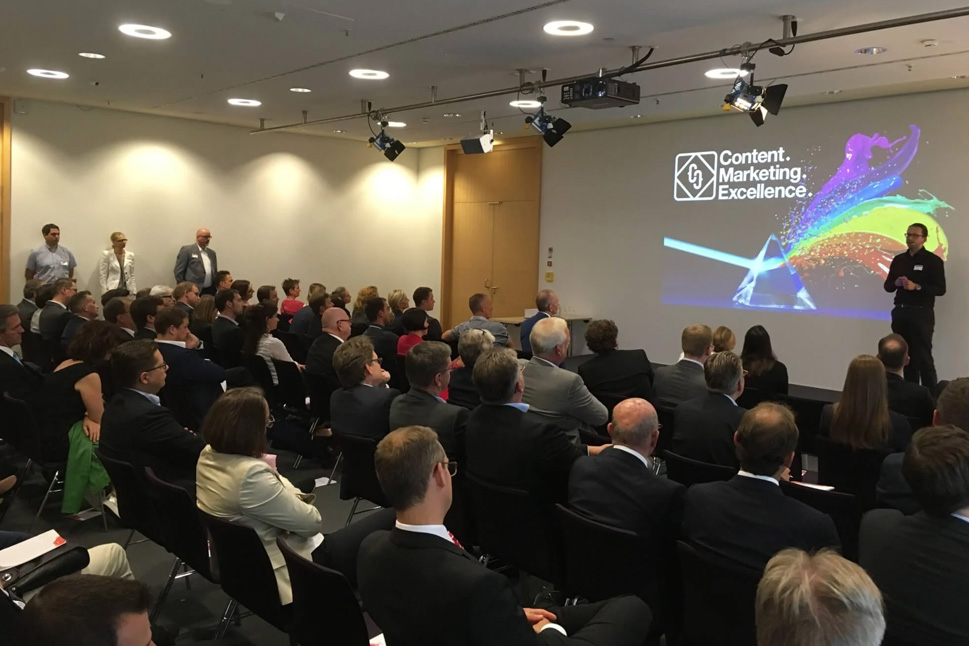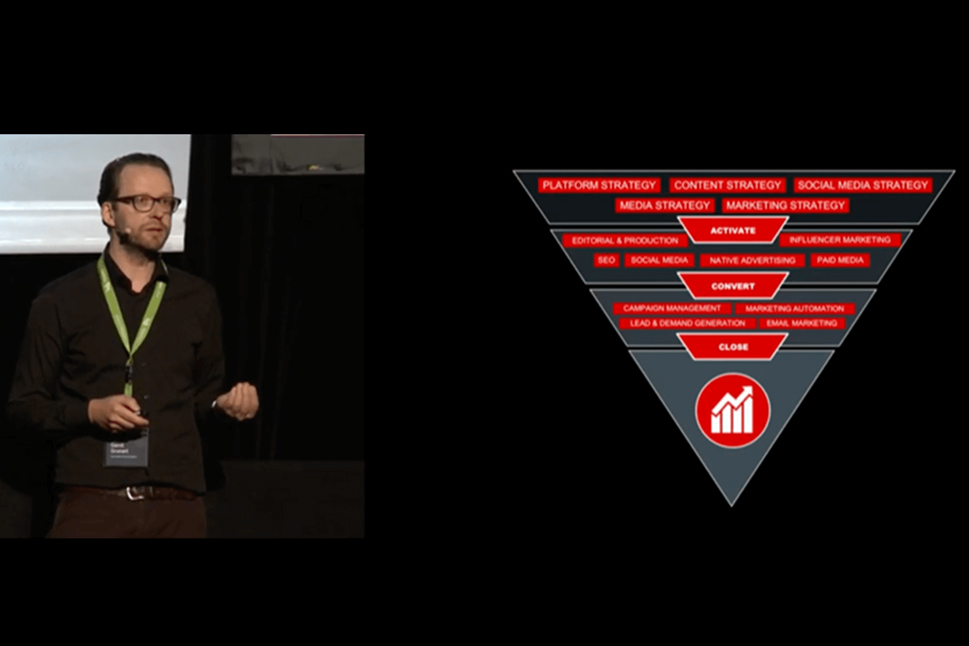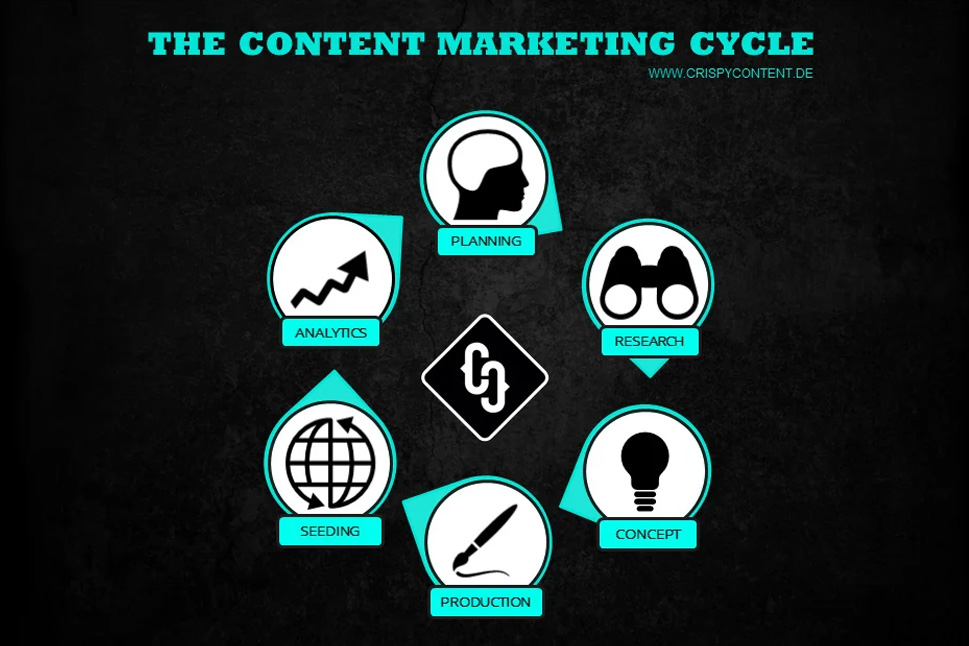AI Assistants vs. AI Agents: The New Autonomy
Last updated on November 17, 2025 at 07:00 AM.Imagine a workday where endless routines and coordination tasks are handled by intelligent systems. Campaigns run seamlessly, inquiries are answered, and processes are managed almost autonomously. The marketing team is finally free to focus on creative strategy, innovation, and brand leadership. Too good to be true? For many, this scenario sounds like a distant utopia, a dream. But the nightmare is different: budget cuts, inefficient tools, opaque processes, and dependency on external service providers who fail to deliver on their promises. Instead of progress, teams face daily battles with time constraints and skill gaps.

The Tension Between Aspiration and Reality
This is where aspirations and reality collide. On one hand, there is hope that digital solutions will finally eliminate routine tasks. On the other, concerns about losing control, facing security risks, or failing due to technical complexity persist. The biggest challenge: Who will navigate the complexity of AI, automation, and integration without overwhelming the team or falling into expensive dead ends? How can innovation and control be balanced?
Autonomous Agents: More Than Just Chatbots
Intelligent systems that independently identify, analyze, and execute tasks are already a reality. So-called AI agents do not operate by rigid rules—they adapt to new situations, learn from data, and make decisions autonomously. Unlike classic bots, which only follow simple, predefined workflows, agents manage complex, multi-stage processes often across multiple channels.
No-code and low-code platforms lower the barriers to entry. Non-technical professionals can configure systems, design workflows, and tailor AI agents to specific requirements. Technology no longer acts as a bottleneck but becomes a tool for business teams. The democratization of automation opens new opportunities to achieve more with fewer resources.
Intelligent Process Support in the Enterprise
Practical examples demonstrate how AI agents are already streamlining daily operations. In customer service, they handle queries, prioritize tickets, and automatically respond to standard questions. In internal support such as IT or HR they resolve routine issues, allowing specialists to focus on complex challenges. In marketing, they generate personalized emails, analyze campaign data, and localize content for different target markets.
AI agents also excel in document analysis: they extract relevant information from contracts or reports, support compliance checks, and provide decision-making insights for leadership. All of this runs in the background, letting teams focus on what matters most.
From Concept to Concrete Solution
Many organizations face challenges in adopting automation effectively and securely. Fears of losing control, concerns about data privacy, and compatibility with existing systems often slow progress. Additionally, a lack of internal resources or know-how can hinder the implementation and operation of new technologies.
No-code and low-code platforms directly address these obstacles. They offer graphical interfaces, pre-built templates, and integrations that are ready to use, no programming skills required. This allows organizations to begin their automation journey without overburdening IT departments or embarking on lengthy development projects. Businesses retain full control over their processes and can adapt flexibly to evolving requirements.
Real-World Example: Overcoming Automation Barriers
A particularly compelling example is the deployment of Moveworks by global enterprises. The provider has developed a platform that automates internal IT and HR processes with autonomous agents. Employee requests such as password resets, software access, or policy information are recognized, analyzed, and resolved directly by AI. The platform integrates seamlessly with existing systems like Microsoft Teams, Slack, or ServiceNow.
First Steps Toward Successful Implementation
Getting started with AI-powered automation doesn’t have to be a large-scale effort. A phased approach is proven effective: begin by identifying simple, low-risk processes that are suitable for automation such as standard IT support queries or lead qualification in marketing. Use these cases to build prototypes, test them, and gradually integrate them into broader workflows.
Clear team communication is crucial: new systems should not be black boxes, but tools that provide transparency and control. Users need to understand how they work in order to build trust and fully realize their potential. Training, pilot projects, and ongoing feedback help boost acceptance and actively shape the transformation.
Why Expertise Makes the Difference
Implementing AI agents is not an automatic process. Experience is required to select the right platforms, analyze processes, and integrate interfaces correctly. Only those who can explain methods transparently and address the needs of business units ensure that technology delivers real value not just technology for its own sake.
Industry expertise and a keen sense for trends are essential for targeted automation and responding to new developments. Those who actively shape this transformation gain a competitive edge and lay the foundation for sustainable, efficient structures.
 Gerrit Grunert
Gerrit Grunert
Gerrit Grunert is the founder and CEO of Crispy Content®. In 2019, he published his book "Methodical Content Marketing" published by Springer Gabler, as well as the series of online courses "Making Content." In his free time, Gerrit is a passionate guitar collector, likes reading books by Stefan Zweig, and listening to music from the day before yesterday.



.png)











.jpg)

-1.jpg)

-1.jpg)
.jpg)



.jpg)













.jpg)







.jpg)

































.jpg)












































